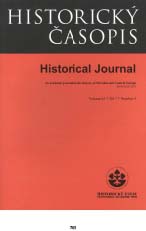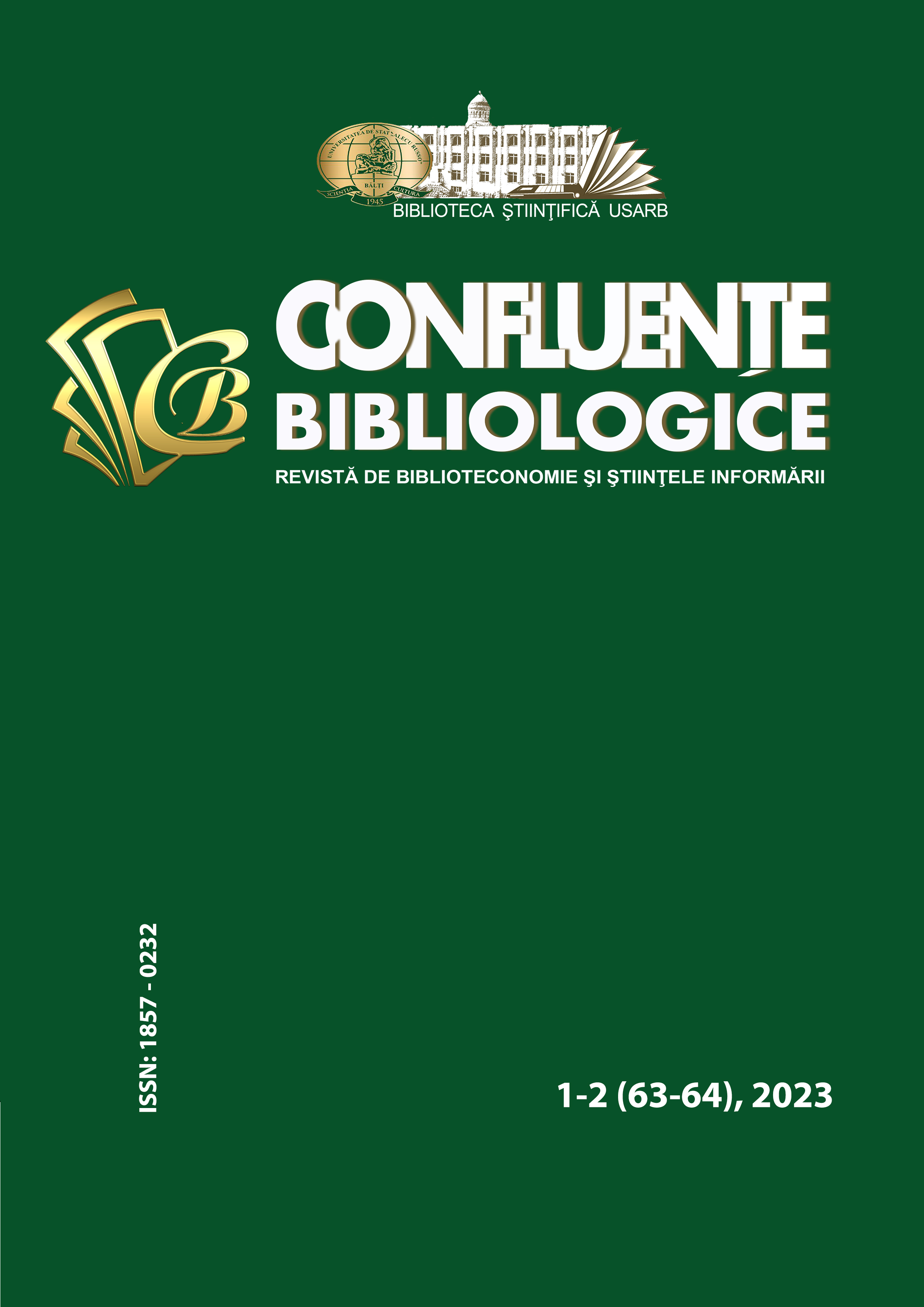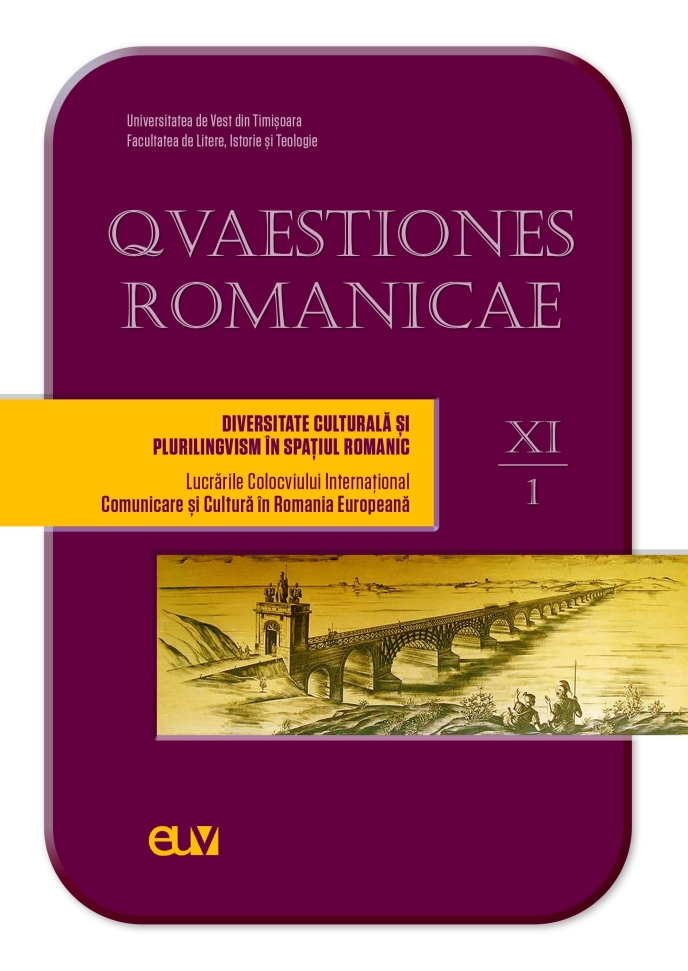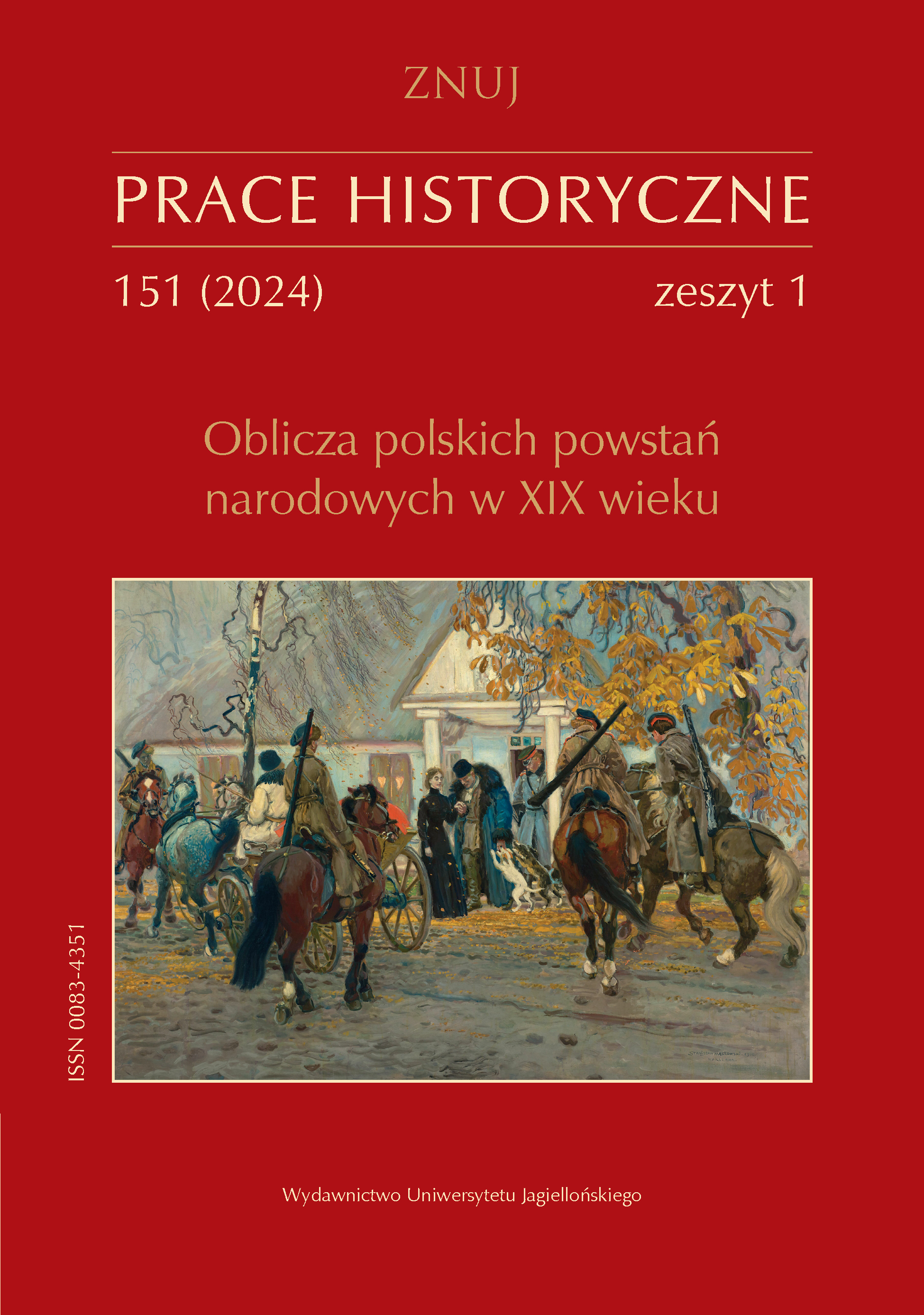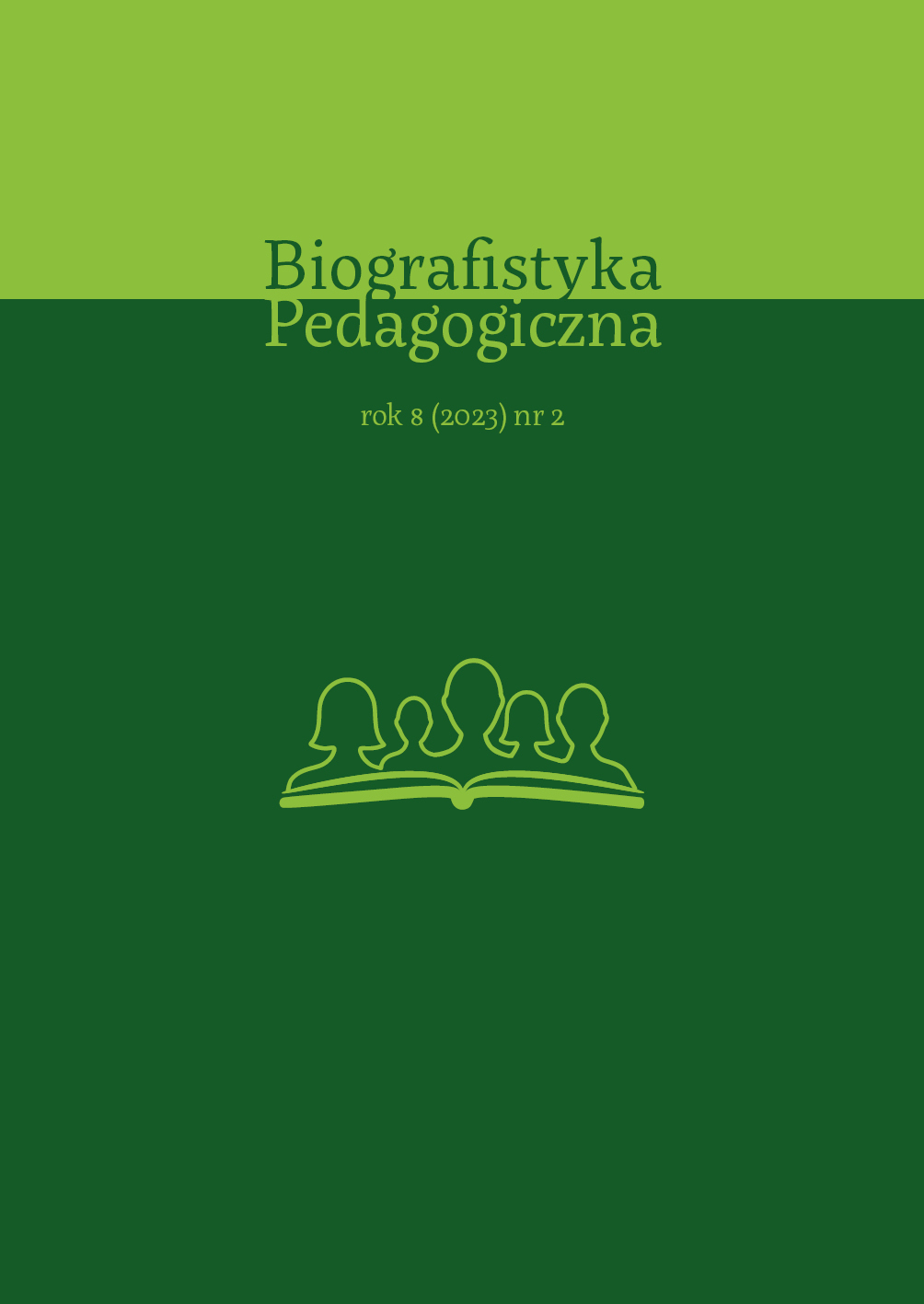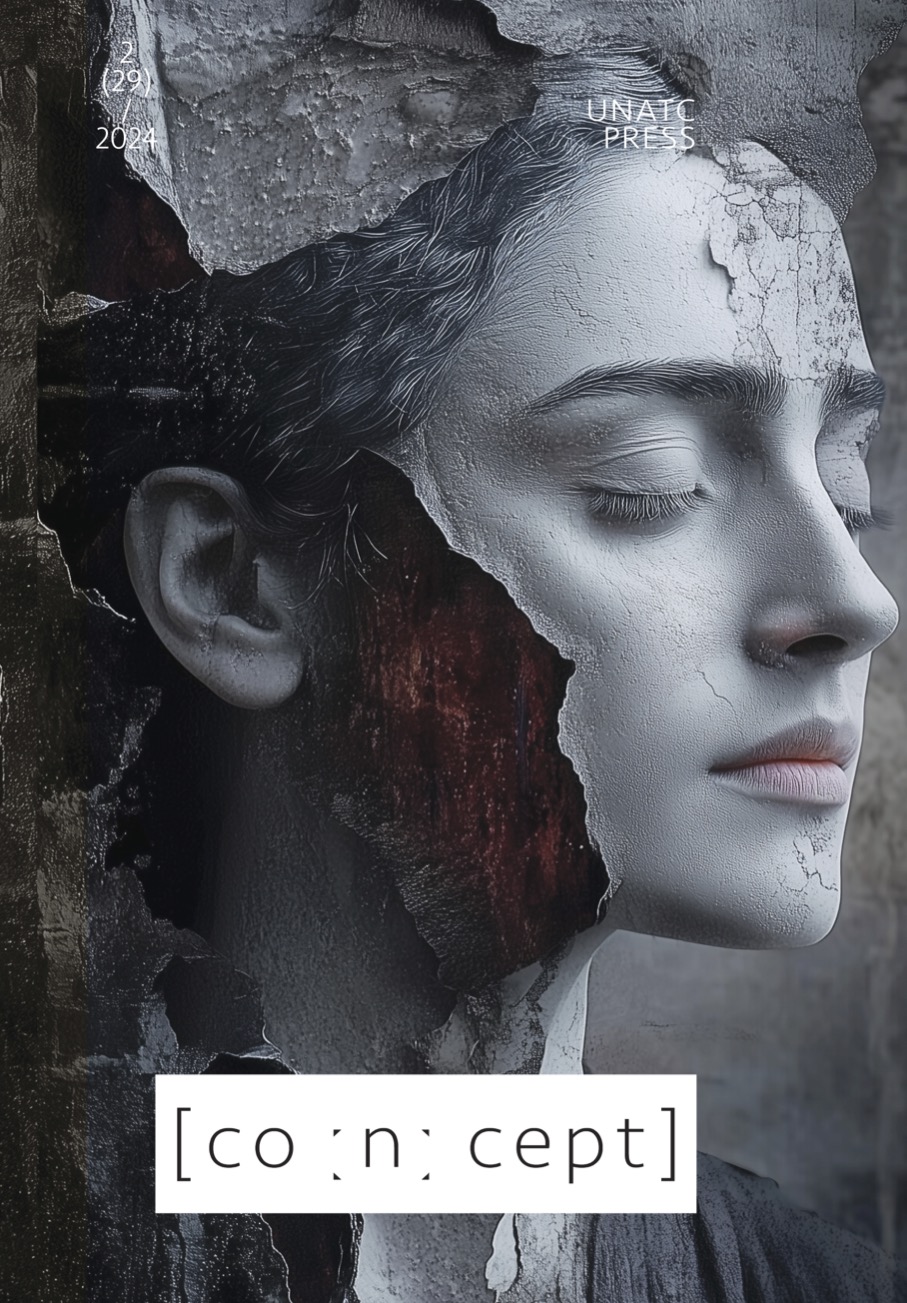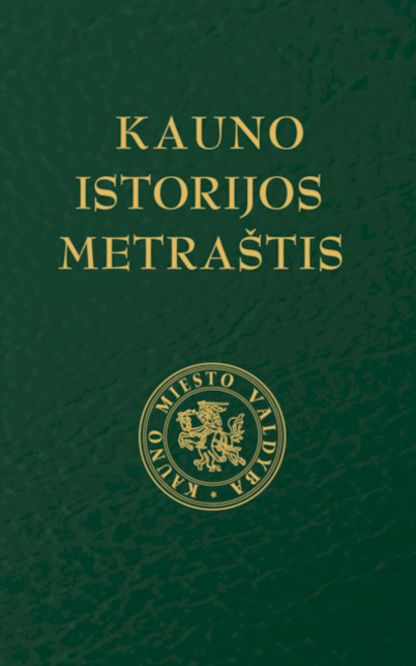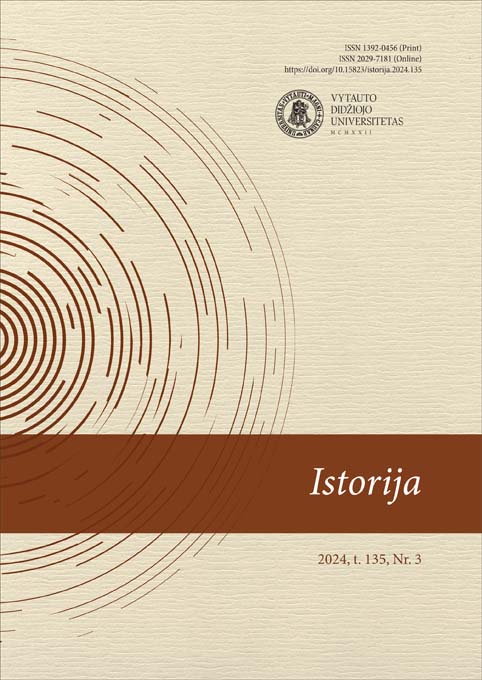Author(s): Adrian Deheleanu / Language(s): Romanian
Issue: 3/2024
This paper tries to provide an analysis on the evolution of Romanian official art with historical topics from 1966 to 1989, i.e. during the period when Nicolae Ceaușescu was the leader of communist Romania. The analysis of the official fine art of this interval was made considering the context of the ideological dimension of this art, regarded to be an effective means of communist propaganda in communized Romania.The transformation of Romanian fine art was made in this epoch by imposing visual and conceptual patterns specific to the communist ideology, by almost totally excluding everything that meant artistic value and tradition in this field. The art with an engaged, historically inspired topic was influenced, among others, both by the social and political context of the time, as well as by elements related to the biography of artists in their relationship with the communist régime in Romania. The propaganda of the communist régime through official art with historical topics was actually a stage of refining the means to obtain the perfect method of manipulating Romanian society. And the manipulation was carried out through official exhibitions.The exhibitions were usually organized by specialized units (county, municipal or city libraries, the so-called `houses of culture`, bookstores, museums), but also by state institutions (Ministry of National Defense, Ministry of Foreign Affairs, Ministry of Interior or other institutions subordinated to these ministries at central and regional level), various county cabinets for the political and ideological activity of the Communist Party of Romania, Council of Socialist Culture and Education, Union of Art Artists, etc. So, thematic, anniversary, homage exhibitions were also an important instrument for manifesting Nicolae Ceaușescu's personality cult.A privileged theme in the press, but also in Western historiography about Romania, in the eighties of the 20th century, Nicolae Ceaușescu’s personality cult, reflected in the official Romanian art (painting, sculpture, graphics), survived not only because of the aberrant forms in which it manifested itself, but also for the way it was addressed in the posterity of the communist dictator, one intensely frequented in the specialized literature.The tendency to transform any exhibition not directly related to Nicolae Ceaușescu's person or activity into an instrument for promoting his personality cult gradually became visible in the early 1970s, generalizing at the end of the same period and extending until the end of the 1980s.
More...
